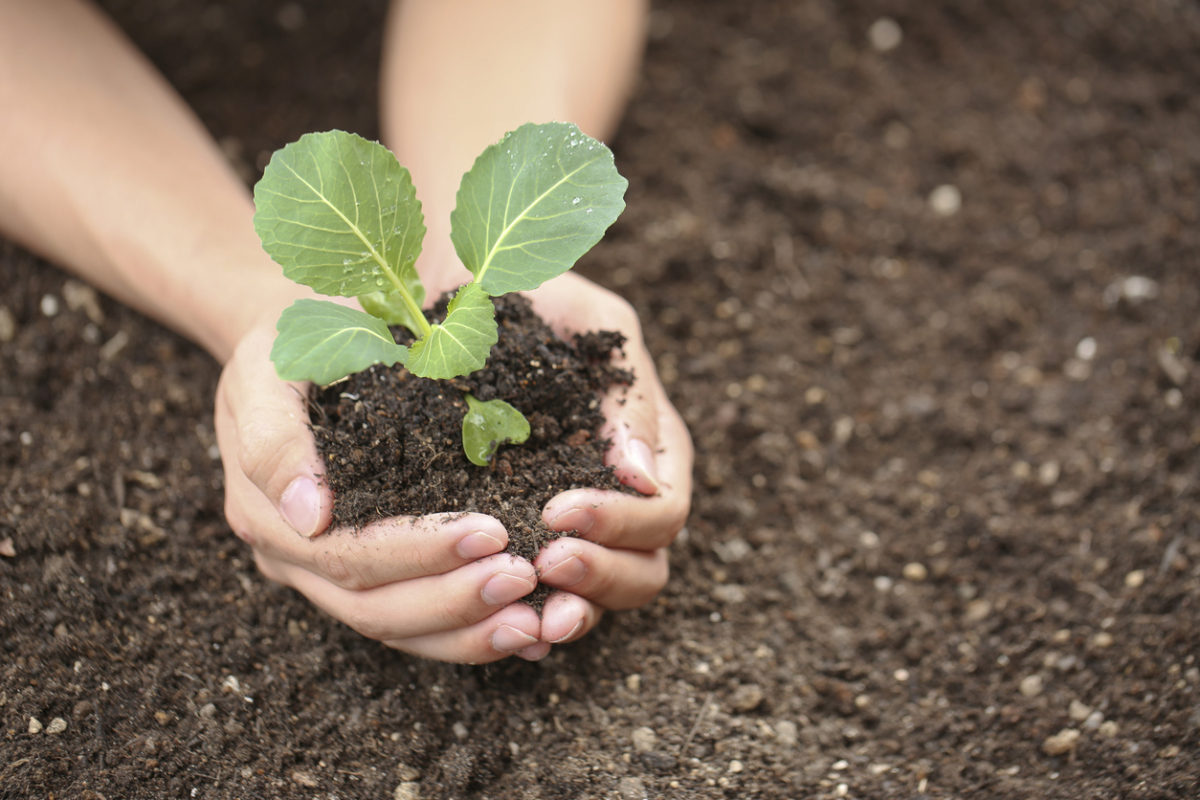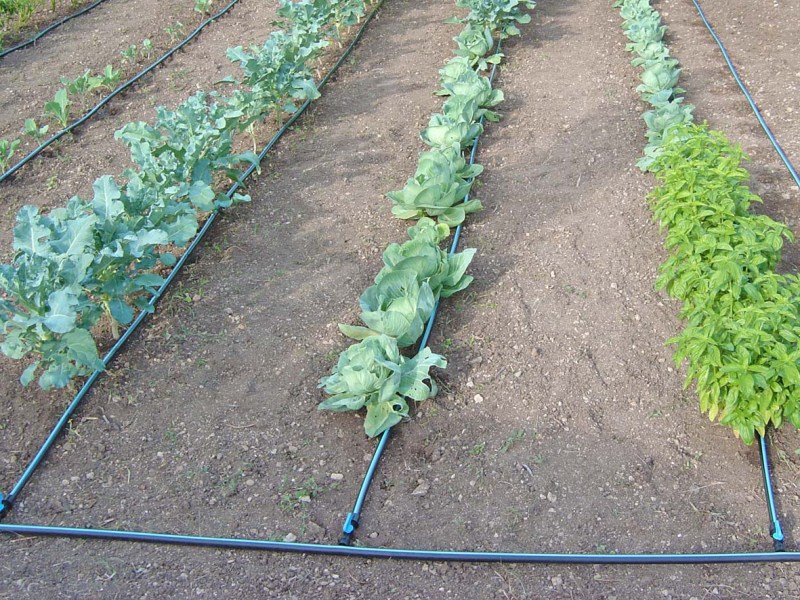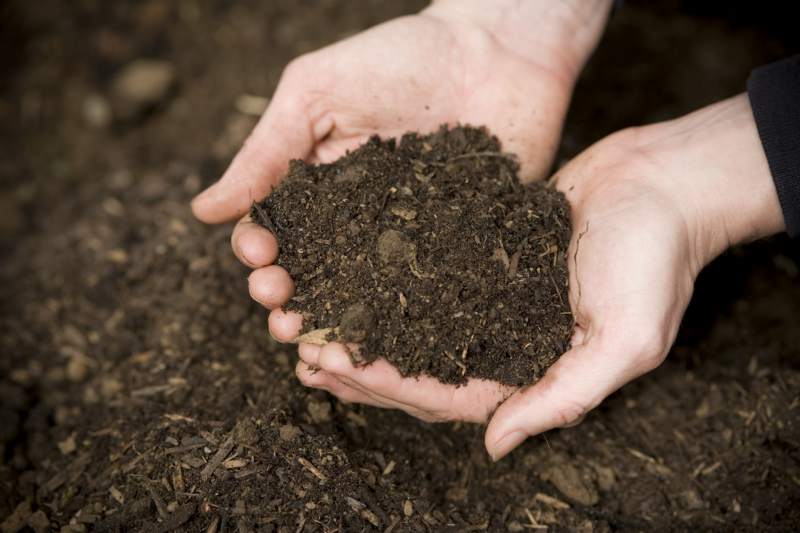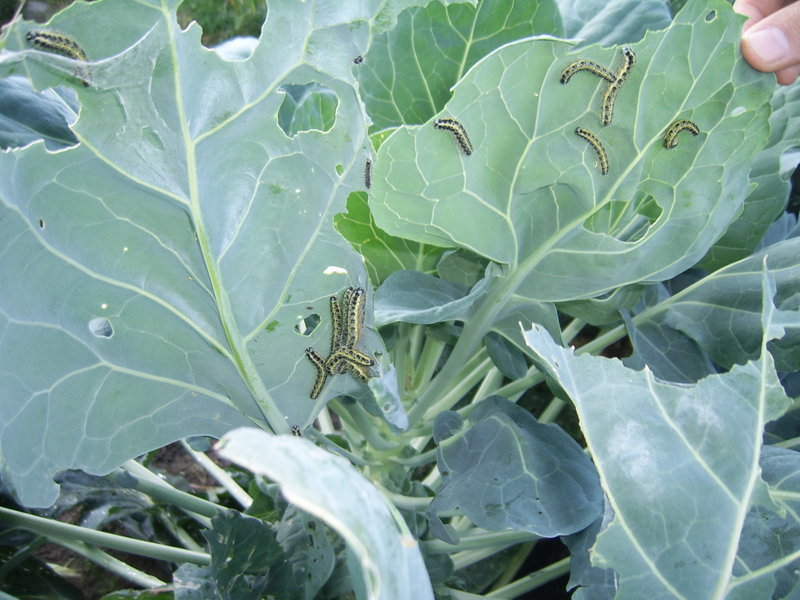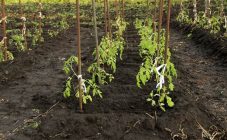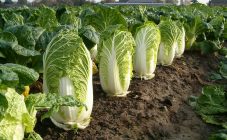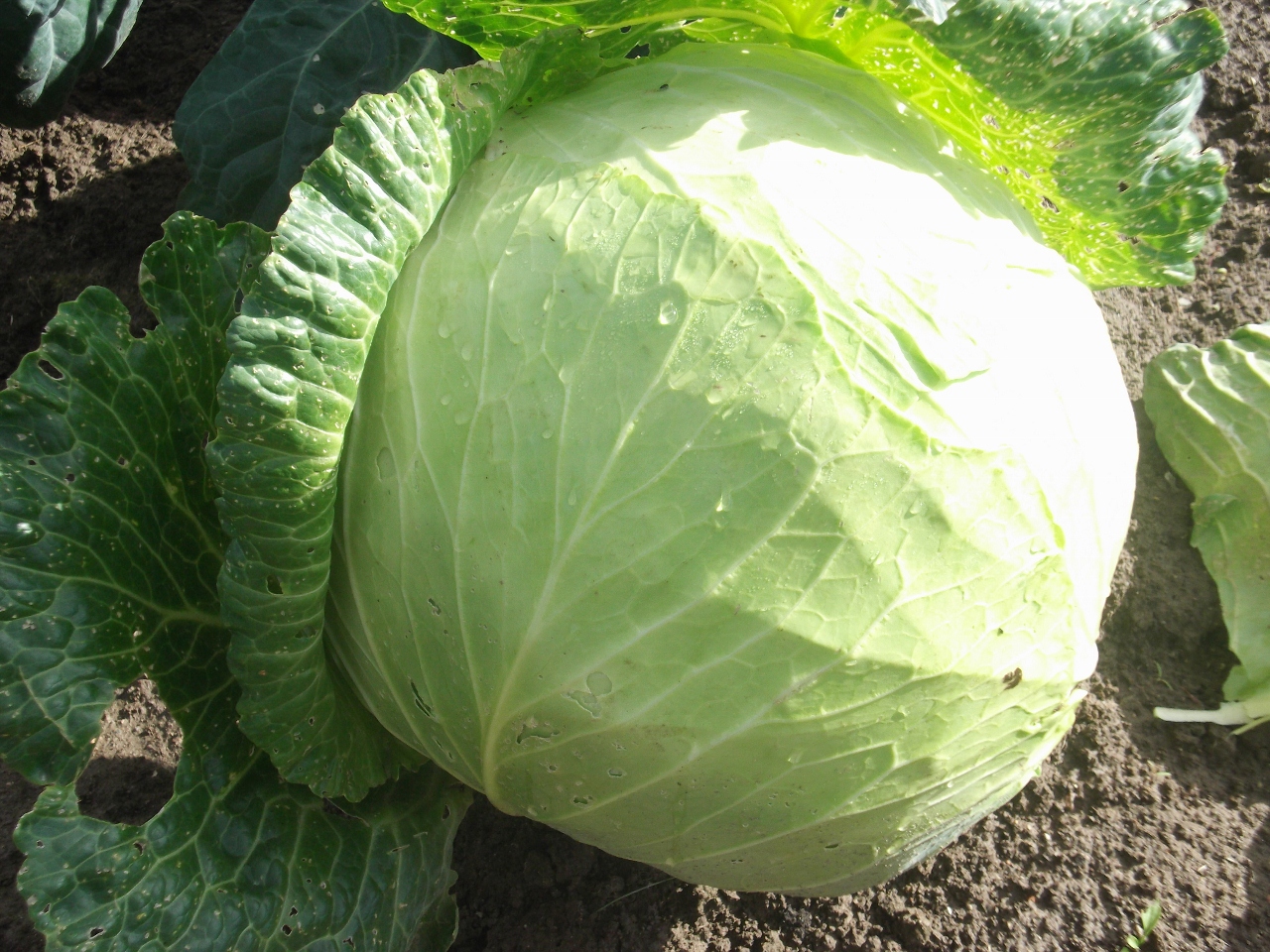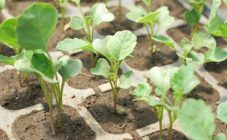Content:
It is difficult to imagine a summer resident who would not try to grow such an agriculture as cabbage on his plot. Despite the fact that this vegetable is quite whimsical to weather conditions and to the soil, gardeners who have minimal knowledge of the content of this crop manage to boast of high yields. The most important requirement of cabbage is soil, since it is involved from the very beginning of cabbage development, from the seed. The formation of the crop is influenced by many "soil" factors, such as: acidity, moisture, density, structure, etc. The optimal soil composition for obtaining a high yield of cabbage is considered below.
Cabbage soil requirements
Many gardeners know the fact that acidic soil reduces the effectiveness of many vitamins and minerals that are added to it as fertilizers. It is quite difficult to grow any kind of cabbage on soils with high acidity. It's not just the uselessness of fertilizers.
What kind of soil does cabbage like? It will not develop well in the soil on which cruciferous vegetables were grown in the previous year. There is a cumulative effect of the soil, in which viruses and pests that affect this particular crop are collected.
Also, the soil does not have time to restore the nutrients needed for the next batch of cabbage planting, no matter how well it is fertilized. According to the rules for planting cabbage, it is recommended to take a break at intervals of three years. It is allowed to plant cabbage in the beds where potatoes, beans, cucumbers, carrots, onions, beets, peas used to grow.
Crucifers prefer light and loose soil in structure. If you plan to grow seedlings, you can take soil from the cabbage garden and mix it with organic components such as: perlite, vermiculite, hydrogel, deciduous humus, turf, expanded clay, pieces of foam, etc. This is done so that the small roots of culture, which have just begun to develop, can grow in the direction in which they need it, and not slow down on every solid lump of earth.
Soil characteristics for cruciferous plants
The soil for cabbage should be slightly acidic or neutral, with a high organic content. If you plan to grow cabbage using the seedling method, then you can purchase the ready-made mixture in specialized stores. But, knowing the preference for agriculture, you can prepare the land for cabbage yourself. For this, a mixture of turf and humus is taken, in a 1: 1 ratio. In order to disinfect the soil layer, wood ash is added in the amount of 1-1.5 cups per 1 m². In addition to disinfection, this fertilizer will add useful trace elements to the soil for cabbage.
In order for the cabbage head not to crack, the soil in which the culture grows must be moistened. Cabbage should be watered so often so that the earth is not taken into a lump and does not dry out. The best option for watering red and white varieties is reusable, in small portions.
But, for those summer residents who do not live all day in the country, this option is not acceptable. In most cases, drip irrigation is carried out for cabbage and monitors the presence of water in the tank, from which irrigation starts.For the cauliflower to develop properly, watering should be done about 2 times a week. Otherwise, it will be too shallow and watery.
Watering should be done in such a way that water does not stagnate in the depths of the soil. This can greatly harm the root system, provoking rotting processes. For this, agriculture is watered at the root.
After each watering, the soil under the agricultural crop needs to be loosened and hilled. This is done in order to increase moisture circulation and open air access to the root system.
The vegetable is very fond of light. Areas that are not shaded, evenly illuminated by the sun's rays are perfect. It should also be borne in mind that with a small amount of light, those organic fertilizers that were applied to the ground before planting crops are much more slowly absorbed into the root system of the plant and are processed by it.
Soil preparation for cabbage
What land is needed for cabbage?
Cabbage lime is used in many cases. In addition to slaked lime, chalk, dolomite flour, peat ash, etc. will help to lower the acid-base balance. If the acidity decreases specifically for planting cabbage, it is better to use dolomite flour, since it contains such an element as calcium, which is essential for cabbage. Another advantage of dolomite flour is that it can be applied to the soil at any time of the year, unlike lime, which is used only in the fall.
Cabbage has few growing rules, but they are all extremely important for a good harvest. If planting a vegetable is planned for the spring, then fertilizing the soil is desirable in the fall. The vegetable positively perceives organic fertilizers, therefore, it is recommended to add rotted manure or compost to the soil during autumn digging. It is also recommended to add one glass of wood ash per 1 m² of the area dug up for planting.
Cabbage does not react very well to mineral fertilizers, as it tends to accumulate large quantities of nitrates. Fertilizers containing nitrogen should be used especially carefully, it is better to refuse them altogether. With the applied organic matter, the amount of mineral fertilizers can be significantly reduced. For 1 m², you can add 30 gr. superphosphate and 50 potash fertilizers.
What lands does cabbage like? Crucifers love fertile soils. A soil that is able to nourish the cruciferous root system with minerals and vitamins necessary for development is most suitable.
How to increase soil fertility for cabbage in the open field? This can be done in natural ways, without using chemistry, which the culture does not perceive well. For example, place earthworms on a garden bed. In order for them to have some kind of result, the number of individuals per 1 m³ must be at least 600. They will naturally break up large clods of earth, saturate the soil with vermicompost, process fertilizers. They will not be able to harm the soil with various diseases, since they themselves are not susceptible to them.
Optimal soil for cabbage
In matters of optimal soil for cabbage, some features should be taken into account. For example, remember what grew on this bed before planning the planting and dividing the plots. The use of organic fertilizers is important. This will not only help the cabbage grow well and quickly, but also increase the fertility of the soil.
Before planting, the site should be cleared of perennial weeds, as they will take away both moisture and nutrients from cruciferous plants. Cleaning can be done just before planting, a few days before. Plots can also be cleaned in the fall, during harvest.
Not only soil and weather conditions affect the growth and development of this agricultural crop. It should also be protected from various pests and many diseases to which it is prone. It is not so difficult to do this, even a beginner in the field of growing different types of cruciferous plants will cope with this task.
Cabbage is a very popular and widespread crop. It is used in cooking both as a main dish and as an additive in some recipes. Among other things, it has many useful properties. When growing it, you should pay attention to the important details, then the cabbage will delight you with a gorgeous harvest.
